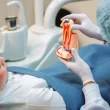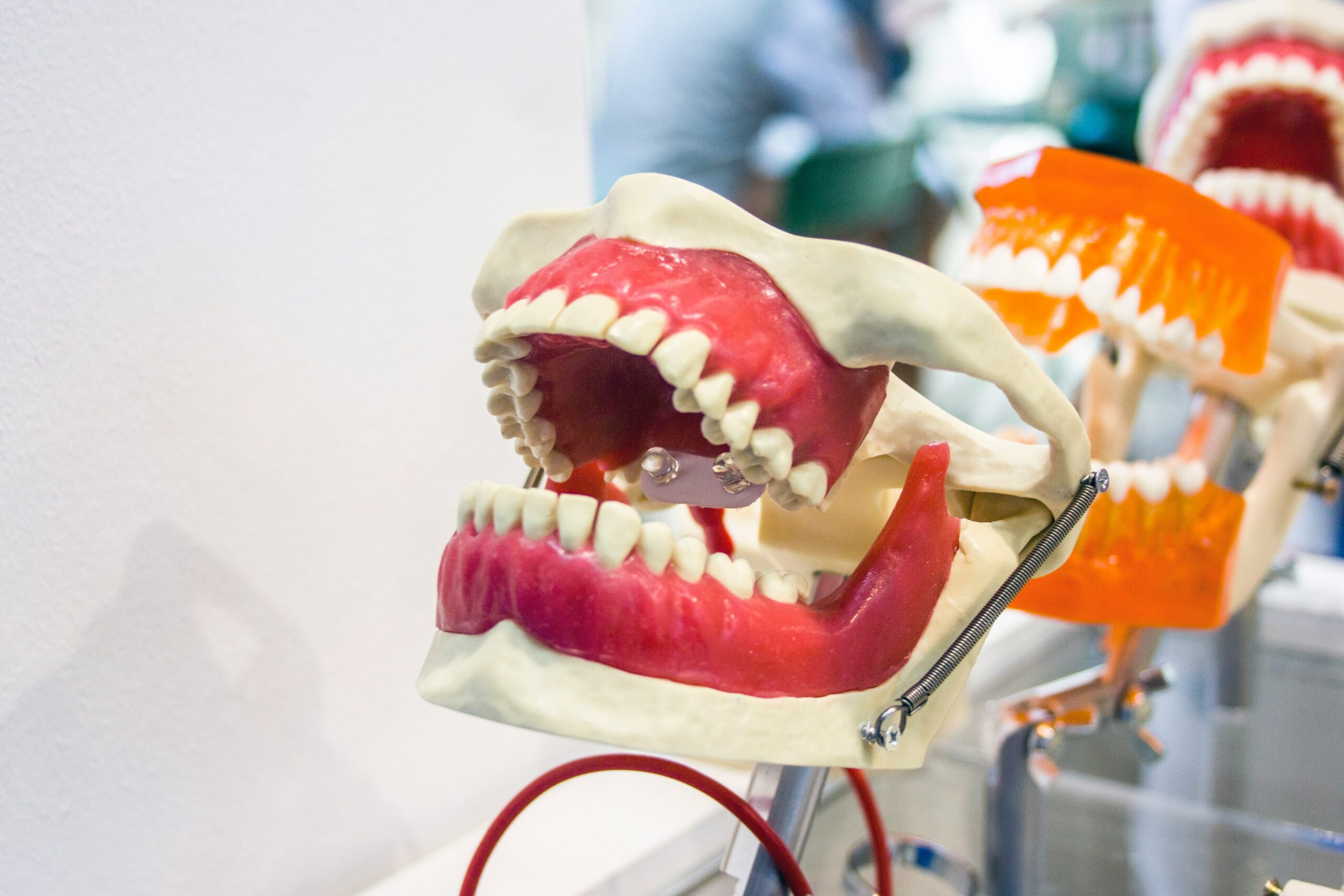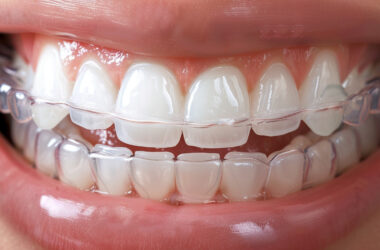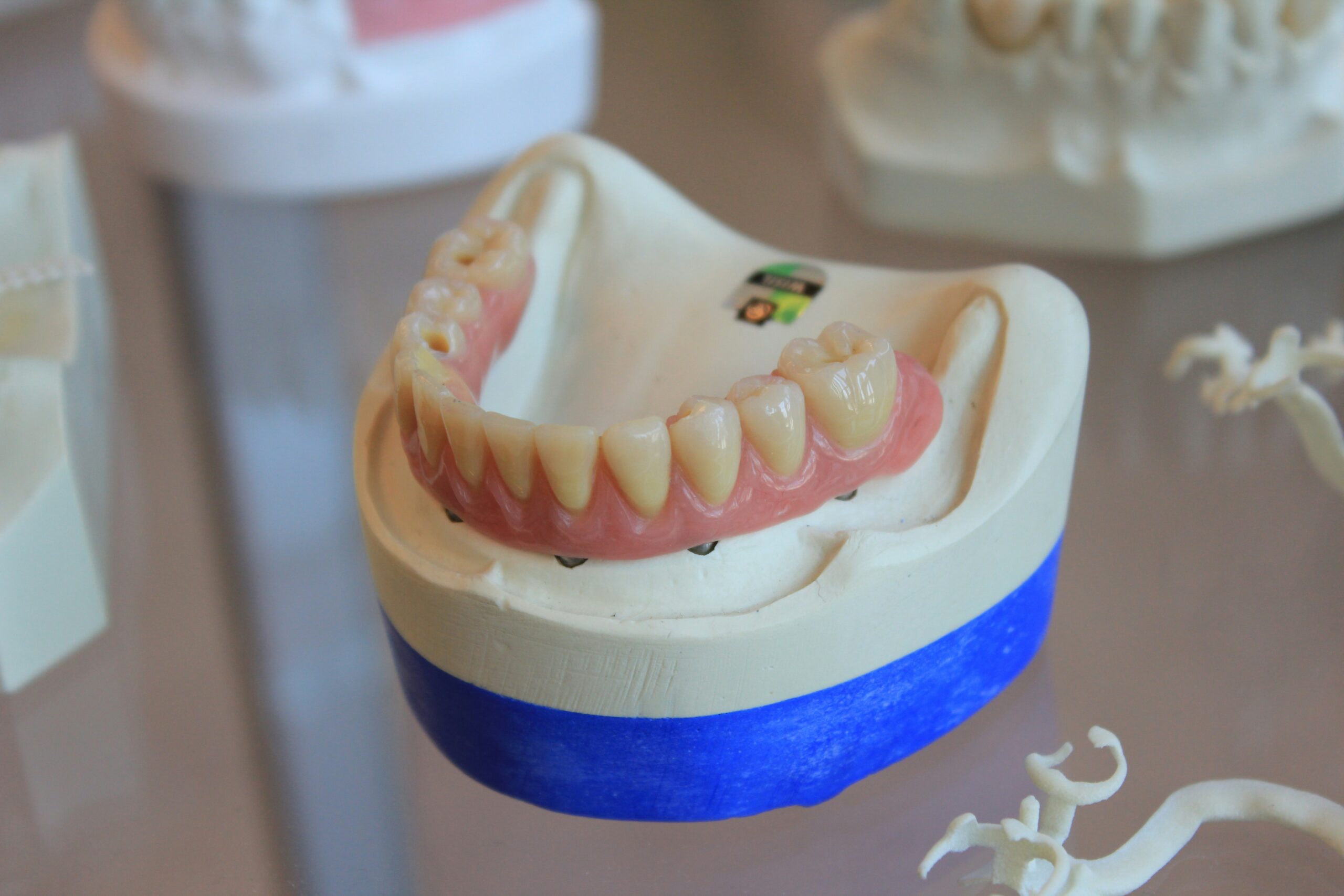Feeling anxious about an upcoming appointment with your dentist? Or are you concerned about whether your scheduled dental cleaning will mar other programs on your schedule? There’s no need to remain in the dark.
This guide will provide a definite answer to the topic question, “How long does a dental cleaning take?” We’ll also be covering everything you need to know about dental cleaning, from what it is, its types, pros and cons, and related topics.
Also read: Cost of Dental Cleaning Without Insurance
What Is Dental Cleaning, and Why Is It Necessary?

Routine dental cleanings are vital to maintaining optimal oral health. Teeth cleanings eliminate debris, plaque, tartar, and biofilm (a thin film of bacteria) that you can readily remove using a brush and floss. They may also perform other preventive services like fluoride treatments and dental sealants during the same session.
It’s not much different from a thorough car wash. You spray your car with a water hose to eliminate larger chunks of debris. However, it’s easy to spot thin layers of dirt using your finger on the door frames. Often, it’ll require some sponge and a little elbow grease to clean up such thin dirt regions.
Brushing and flossing at home are like spraying off your vehicle. However, only professional dental cleanings can eliminate the less apparent dirt. For vital oral health, you’ll need a healthy combination of excellent at-home oral hygiene and professional dental cleanings.
Types of Dental Cleanings
There are different types of dental cleanings, based on your health needs. However, all have the same goals: removing harmful bacteria and reducing your risk of dental health issues.
- Prophylaxis: Involves routine, preventive cleaning for people with healthy teeth and gums. It’s the most common dental cleaning type. This post concentrates on how long it would take for a prophylaxis dental cleaning.
- Scaling and root planing: Also called deep dental cleaning, scaling, and root planing reach deep beneath your gum line to flush out bacteria and hardened tartar (calculus) surrounding the tooth roots. The provider usually serves those with mild to moderate gum disease (periodontitis). People who undergo scaling and root planing receive local anesthesia to numb their gums during the procedure.
- Gross debridement: People who have never visited a dentist in over a year or who have extensive plaque buildup can benefit from a gross debridement. This procedure is similar to prophylaxis but may last longer. Debridement mainly serves to determine if there are any issues that weren’t diagnosed before the dental cleaning.
Also read: How to Get Dental Implants Covered by Medical Insurance
How Long Does a Dental Cleaning Take?
On average, dental cleaning sessions typically last between 30 minutes and one hour. The major factor that can increase your visiting time is whether your dental professional needs to carry out additional procedures, like taking an X-ray scan.
Also, if your dentist discovers any dental issues while cleaning, you might have to spend more time discussing specific treatment options.
What are the Processes Involved During a Dental Cleaning Session?

Here’s a breakdown of what to expect during your dental cleaning session:
1 Initial oral examination
First, your dental hygienist examines the insides of your mouth using a small mirror. If they observe apparent issues, they’ll share the information with the dentist. However, if the defect is something severe, they may halt the entire cleaning process and consult with the dentist on the next procedure.
2. Plaque and tartar removal
Brushing and flossing your teeth at home is an excellent way to remove dental plaque. However, it can be a challenge to reach hidden plaque between the gum line and the teeth.
Professional dental cleaning is so thorough that you can’t replicate it at home. That’s because your hygienist uses a special tool called a scaler to gently take out plaque and tartar. Additionally, only a dental professional is equipped to eliminate plaque that has hardened into tartar.
3. Polishing teeth
Next, your dental health professional will gently polish your teeth using gritty toothpaste and a special high-powered brush. Before beginning, you’ll have to choose a favorite toothpaste flavor.
Dental cleanings should never be painful. So, there’s no need to feel alarmed by the motions of a toothbrush or polish.
4. Flossing between teeth
At this point, your teeth cleaning procedure is almost complete. In the final cleaning step, your dental hygienist will floss your teeth to remove any plaque hiding between your teeth. Also, flossing can help your dental hygienist know if or where gum bleeding happens.
5. Rinsing
Here’s where the hygienist squirts some water into your mouth and asks you to swish. Once you’re ready, they’ll remove the water from your mouth via suction. The rinsing stage also serves to remove any residual tooth polish.
6. Final Checkup with the Dentist
Immediately following your dental cleaning session, a dentist will come in for a final checkup. If they don’t detect any oral issues, you’re good to go. It’s also when you get to ask any questions you might have with helpful answers from your dentist.
Next, you’ll be asked to set up your next dental examination and teeth cleaning – usually in the next six months.
How Frequently Should You Have Dental Cleanings?
For most people, having dental cleanings once every six months works well. However, people with dental health conditions might require more frequent teeth cleanings.
Let’s see some oral health issues that may predispose you to more frequent dental cleaning sessions:
- Gum disease: Family members with a history of cavities or plaque buildup.
- A weakened immune system
- Other health conditions or patients who have been experiencing a lot of stress. (Some ailments change a person’s mouth condition.)
Consult with your dentist to determine how frequently you should schedule a teeth-cleaning session.
Also read: Here’s Everything to Know About Dental Bone Grafting: Is It Right for You?
Advantages of Regular Dental Cleanings
Routine dental cleanings offer a range of benefits, including
- Reduced risk of critical oral health issues, such as gum disease and cavities.
- Improved overall health: Health providers have recognized the connection between oral health and whole-body health. Routine teeth cleanings can help reduce the risk of heart disease, dementia, and stroke.
- Prevents bad breath: Hardened tartar and plaque can cause bad breath. With routine cleanings, you can keep bad breath away by eliminating the harmful microorganisms from your tooth surfaces.
- Cost-effectiveness: Preventive dental care activities like dental cleanings help to stop issues before they begin. They can save you much time, money, and worry over the long haul.
Side Effects of Dental Cleanings
Dental cleanings are typically safe and effective procedures. While there are no risks or complications, a patient may experience some temporary side effects, like sore gums or teeth sensitivity.
Taking pain relief medication, like ibuprofen, acetaminophen, or naproxen, can help manage discomfort. Any developing tenderness should also go away in a few days.
Additionally, teeth cleaning may temporarily affect your beautiful smile. Some patients may experience bleeding gums during flossing if there are other oral health conditions, like gum disease.
Conclusion
Teeth cleanings are essential because they allow you to identify oral health issues before they get the chance to worsen. They’re one of the most straightforward dental procedures and typically last half an hour if no unexpected issues arise during the cleaning, such as an identified underlying condition.
Dental cleanings are very safe and effective. However, with pain relief medication, you can address temporary side effects like sore gums or sensitive teeth if they arise.
You may not need a thorough dental cleaning more than twice a year. However, your dentist may recommend more frequent sessions annually if there are any impending vital issues.








